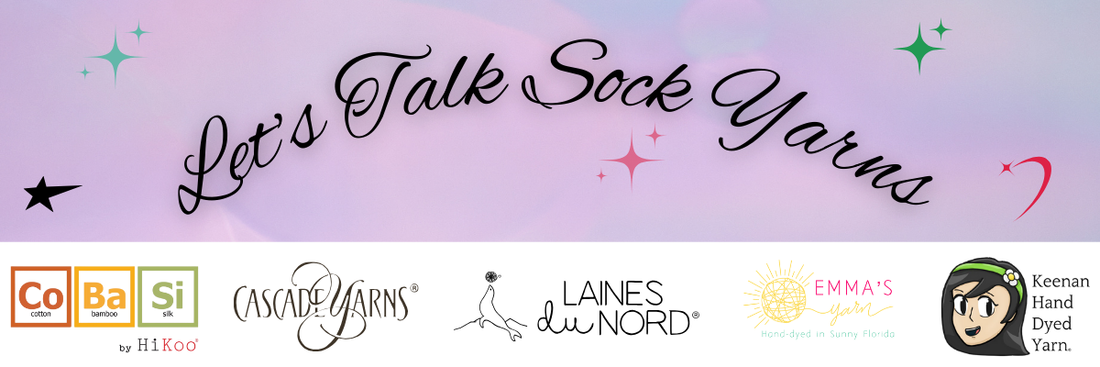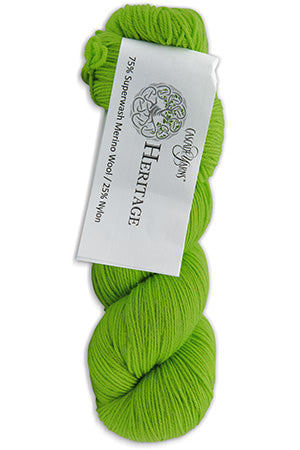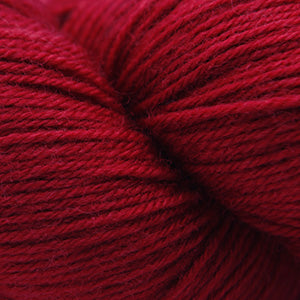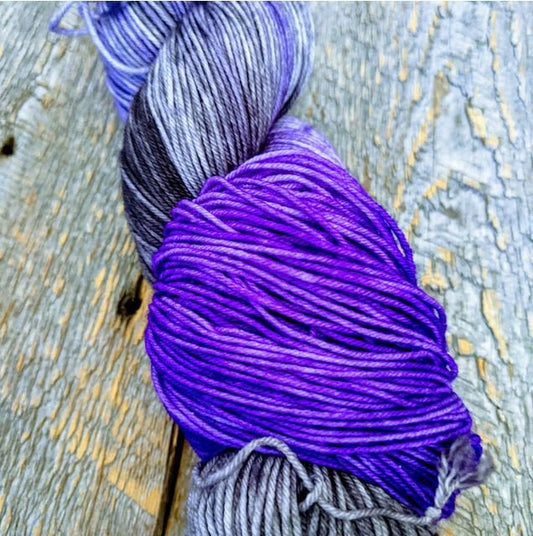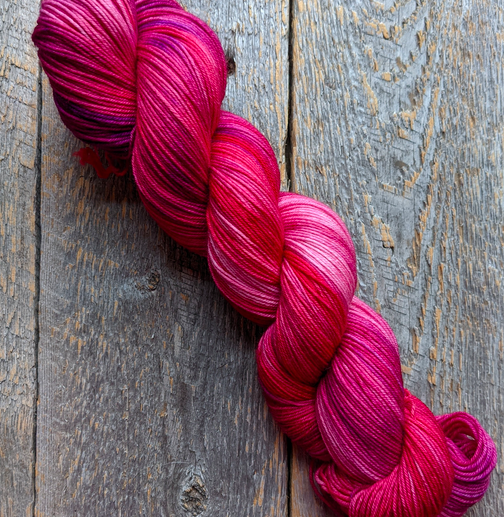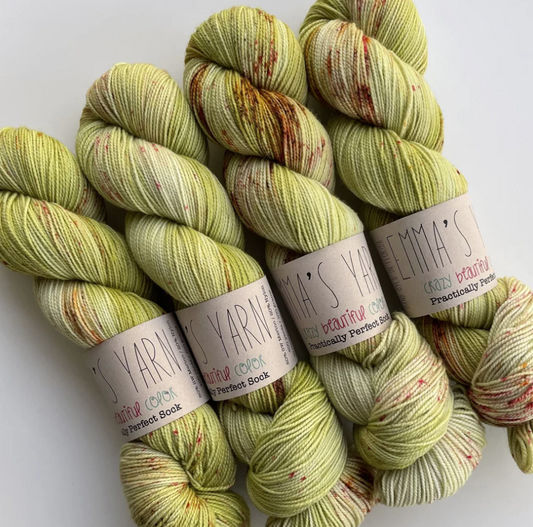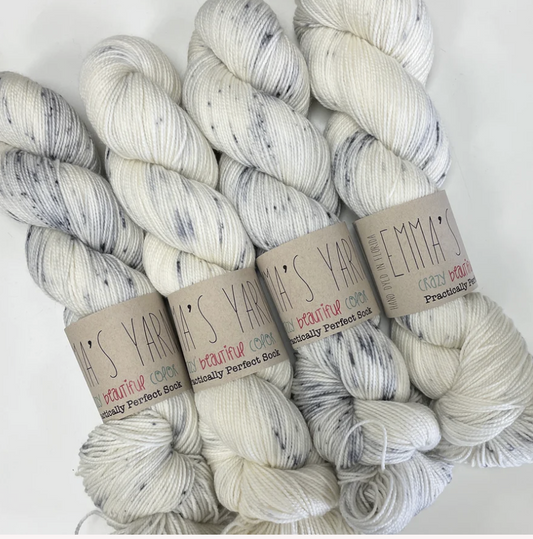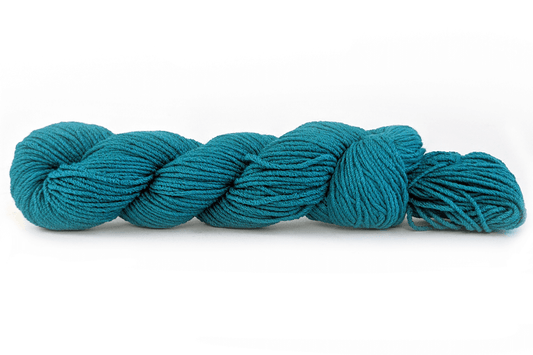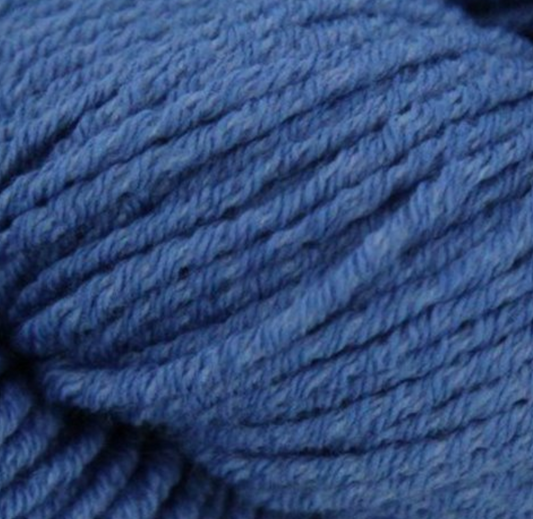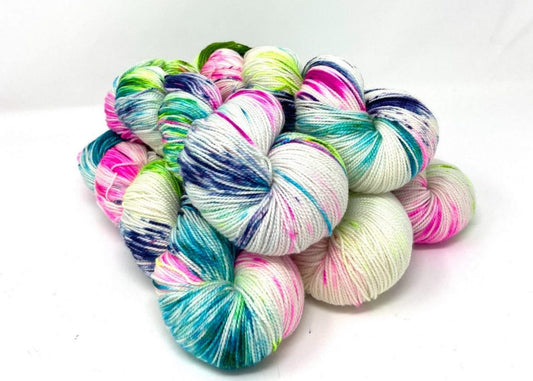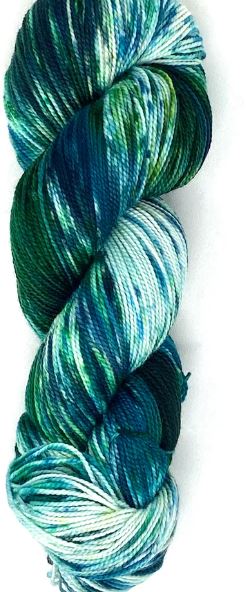If you’ve ever browsed yarns labelled as “sock yarn”, you’ve probably noticed something confusing—sometimes that label refers more to the weight than the function. That can lead to frustration when a yarn marketed as "sock yarn" doesn’t actually hold up to the wear and tear socks go through.
So, let’s clear the air. Just because a yarn is called “sock” doesn’t mean it’s ideal for making socks.
Sock Yarn vs. Fingering Weight
Many manufacturers use the term "sock yarn" to refer to fingering weight yarn, which is the most common weight for hand-knit socks. However, not all fingering weight yarns are strong enough for socks. This is where fiber content matters.
What Makes a Good Sock Yarn?
Socks need to be strong, stretchy, and able to handle friction, moisture, and frequent washing. That’s why ideal sock yarns include some form of reinforcement. Here are the key ingredients:
- Wool (usually superwash merino): Soft, springy, and great for moisture-wicking.
- Nylon (10-25%): Adds strength and elasticity, reducing wear in heels and toes.
- Silk: Surprisingly strong, luxurious, and a natural alternative to nylon.
Yarns with these blends are durable and easier to care for, especially if the socks are for someone else who may not hand wash wool items.
When Gifting Socks...
Always consider the recipient’s lifestyle. Will they hand-wash their socks? Do they have wool sensitivities? A superwash wool + nylon (or silk) blend is usually your safest bet.
For non-wool options:
- Cotton sock yarns often include a mix of cotton, acrylic, and nylon to improve stretch and durability.
- 100% acrylic yarns exist, but they trap heat, lack breathability, and can lead to sweaty feet—not ideal for socks you want to wear all day.
Pro Tips:
- If you're using 100% cotton, carry a thin strand of nylon or reinforcement thread for toes and heels.
- Using non-nylon superwash wool? Consider darning thread or holding a reinforcing strand to help extend the life of high-stress areas.
Sock Yarn Styles
Sock yarns come in so many beautiful options:
- Solid colors for classic looks and if especially knitting cables, or other stitch patterns.
- Variegated for unpredictable color changes, great when just doing totally stockinette stitch, or mosaic stitch.
- Self-striping for fun, effortless patterns - the yarn does all the work, no fuss.
- Speckled for modern, artsy vibes
Check out our video below, in which Doris will explain more about Sock Yarns:
Whether you knit or crochet your socks, taking the time to understand your yarn makes all the difference. So next time you see "sock yarn" on a label, take a closer look at the fiber content and not just the weight. Your feet (and your gift recipients) will thank you!
Happy sock-making!

